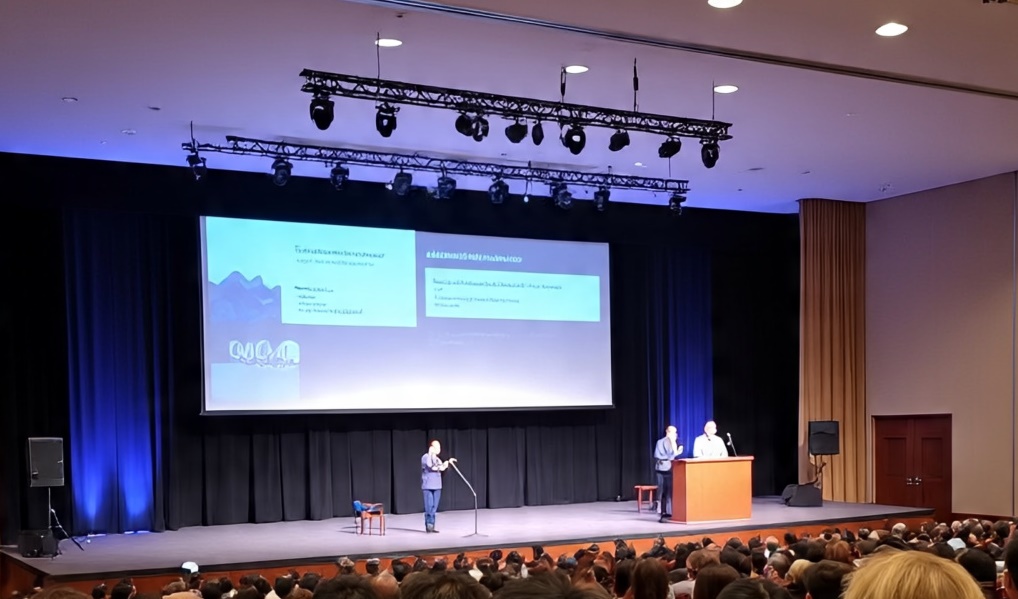Development of Dokan Cultural Tourism Village, Karo District as a Creative Economically Driven
Keywords:
Dokan Village, Creative Economy, Tourism DevelopmentAbstract
The Ministry of Tourism and Creative Economy has a mission to develop world-class tourism destinations by focusing on the creative economy sector. One of the villages in Karo Regency, that has the potential to be developed into a tourist village is the Dokan Culture village which has a Karo traditional house more than 100 years old and can be used as a place of research by culturalists and students. The objective of this study was to develop the Dokan cultural tourism village. This study was descriptive qualitative research with closed interviews and survey distribution to 290-tourist method as collecting data method. Qualitative SWOT analysis was also conducted in this study. The results showed, there are also 6 traditional houses and various traditional community living equipment. The geological condition of the village, which is located in Merk District, is considered good and also has a "mild" category of disaster-prone so it is appropriate that this tourism village is feasible to be developed. Based on the Grand Strategic method used, it can be seen that this village has potential because it has strengths, namely community support, the potential for a creative economy, and the opportunity to develop community businesses.
References
Barringer, Richard, et.al., (tidak ada tahun). “The Creative Economy in Maine: Measurement & Analysis”, The Southern Maine Review, University of Southern Maine.
Christopherson, Susan (2004). “Creative Economy Strategies For Small and Medium Size Cities: Options for New York State”, Quality Communities Marketing and Economics Workshop, Albany New York, April 20, 2004.
Damanik, R. (2009). Torbangun (Coleus amboinicus Lour): a Bataknese traditional cuisine perceived as lactagogue by Bataknese lactating women in Simalungun, North Sumatera, Indonesia. Journal of Human Lactation, 25(1), 64-72.
Departemen Perdagangan Republik Indonesia (2008). “Pengembangan Ekonomi Kreatif Indonesia 2025 : Rencana Pengembangan Ekonomi Kreatif Indonesia 2009 – 2025”.
Evans, Graeme L (2009). “From Cultural Quarters to Creative Clusters – Creative Spaces in The New City Economy”
Hidayat, M. (2011). Strategi perencanaan dan pengembangan objek wisata (studi kasus pantai Pangandaran Kabupaten Ciamis Jawa Barat). The Journal: Tourism and Hospitality Essentials Journal, 1(1), 33-44.
Kanazawa City Tourism Association, 2010, “Trip to Kanazawa, City of Crafts 2010 Dates: Jan. 1 - March 31, 2010,” accessed on May 12, 2010
Nugroho, W. A., Hermawan, S., Lazuardi, B. H., & Mirza, R. (2017, October). Drilling problems mitigation in geothermal environment, case studies of stuck pipe and lost circulation. In SPE/IATMI Asia Pacific Oil & Gas Conference and Exhibition. OnePetro.
Ooi, Can-Seng (2006). ”Tourism and the Creative Economy in Singapore”.
Pangestu, Mari Elka (2008). “Pengembangan Ekonomi Kreatif Indonesia 2025”, disampaikan dalam Konvensi Pengembangan Ekonomi Kreatif 2009-2015 yang diselenggarakan pada Pekan Produk Budaya Indonesia 2008, JCC, 4 -8 Juni 2008.
Salman, Duygu (2010). “Rethinking of Cities, Culture and Tourism within a Creative Perspective” sebuah editorial dari PASOS, Vol. 8(3) Special Issue 2010-06-16.
Sembiring, M., Jufrizen, J., & Tanjung, H. (2021). Efek Mediasi Kepuasan Kerja pada Pengaruh Motivasi Dan Kemampuan Kerja Terhadap Kinerja Pegawai. Maneggio: Jurnal Ilmiah Magister Manajemen, 4(1), 131-144.
Sumantra, I Made (tidak ada tahun). ”Peluang Emas Seni Kriya Dalam Ekonomi Kreatif”.
Syahra, Rusydi (2000). “Pengelolaan Sumber Daya Manusia Pendukung Produksi Produk Kerajinan Sebagai Daya Saing Dalam Menghadapi Persaingan”, makalah yang disampaikan dalam Seminar Nasional Kerajinan 2000, Balai Sidang, Jakarta.
Tiffani, T. (2016). Pengaruh Intellectual Capital Terhadap Firm Value Dengan Financial Performance Sebagai Variabel Intervening Pada Perusahaan Manufaktur Yang Terdaftar Dibursa Efek Indonesia Periode 2013-2015 (Doctoral dissertation, Universitas Tarumanagara).
Tyas, N. W., & Damayanti, M. (2018). Potensi Pengembangan Desa Kliwonan sebagai Desa Wisata Batik di Kabupaten Sragen. Journal of Regional and Rural Development Planning (Jurnal Perencanaan Pembangunan Wilayah Dan Perdesaan), 2(1), 74-89.
UNDP (2008). “Creative Economy Report 2008”.
UNESCO (2009). Pamduan Dasar Pelaksanaan Ekowisata
Warta Ekspor (2009) edisi April 2009, didownload dari http://www.nafed.go.id/docs/warta_ekspor/file/Warta_Ekspor_2009_04.pdf
Yoeti, Oka A. (1985). Pengantar Ilmu Pariwisata, Bandung: Angkasa
Yozcu, Özen Kırant dan İçöz, Orhan (2010). “A Model Proposal on the Use of Creative Tourism Experiences in Congress Tourism and the Congress Marketing Mix”, PASOS, Vol. 8(3) Special Issue 2010.



